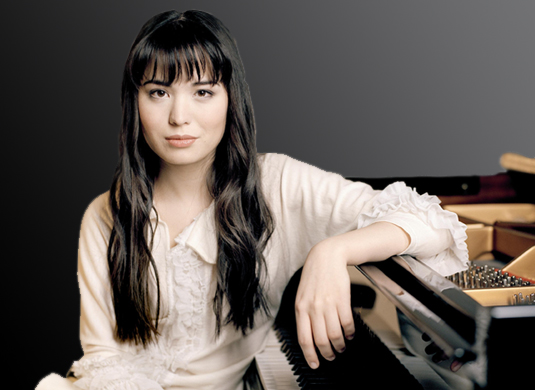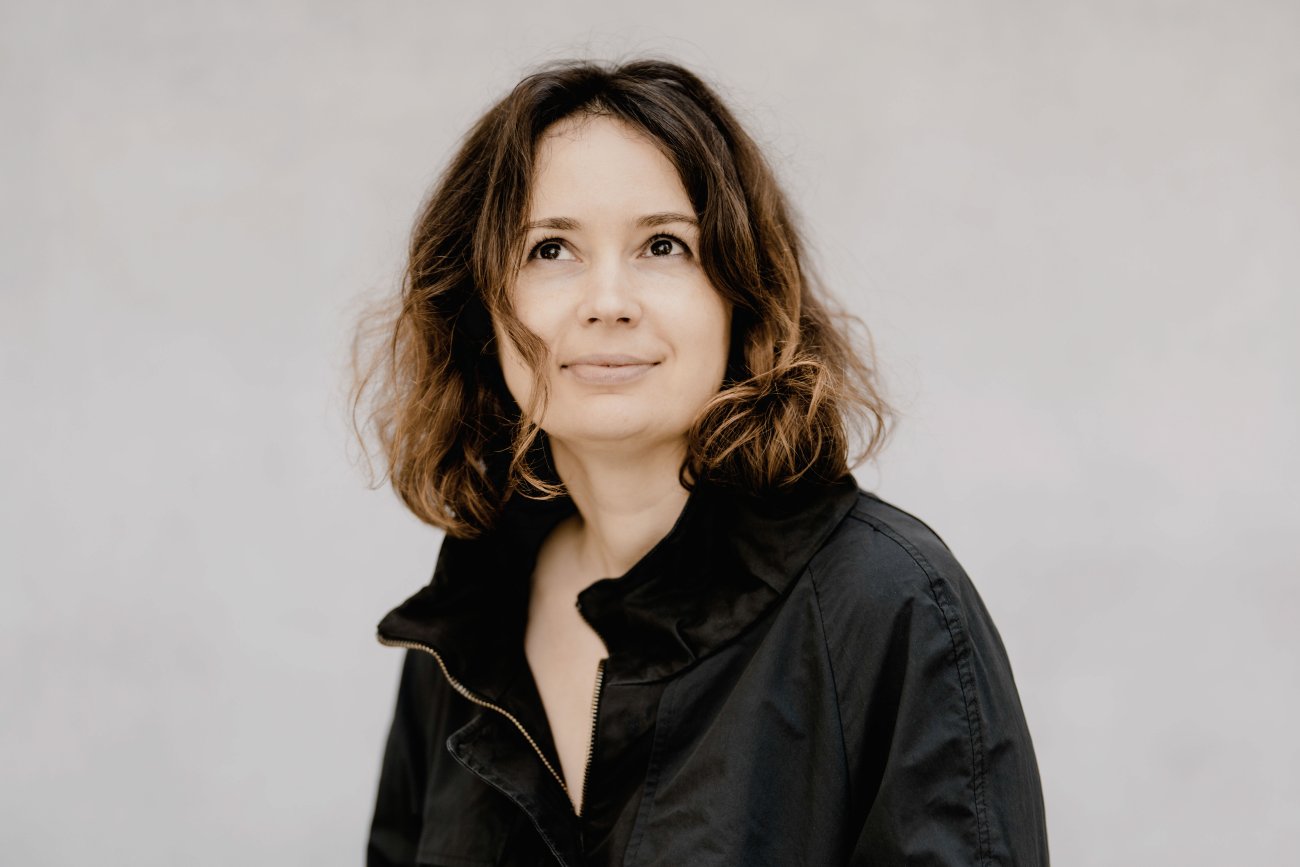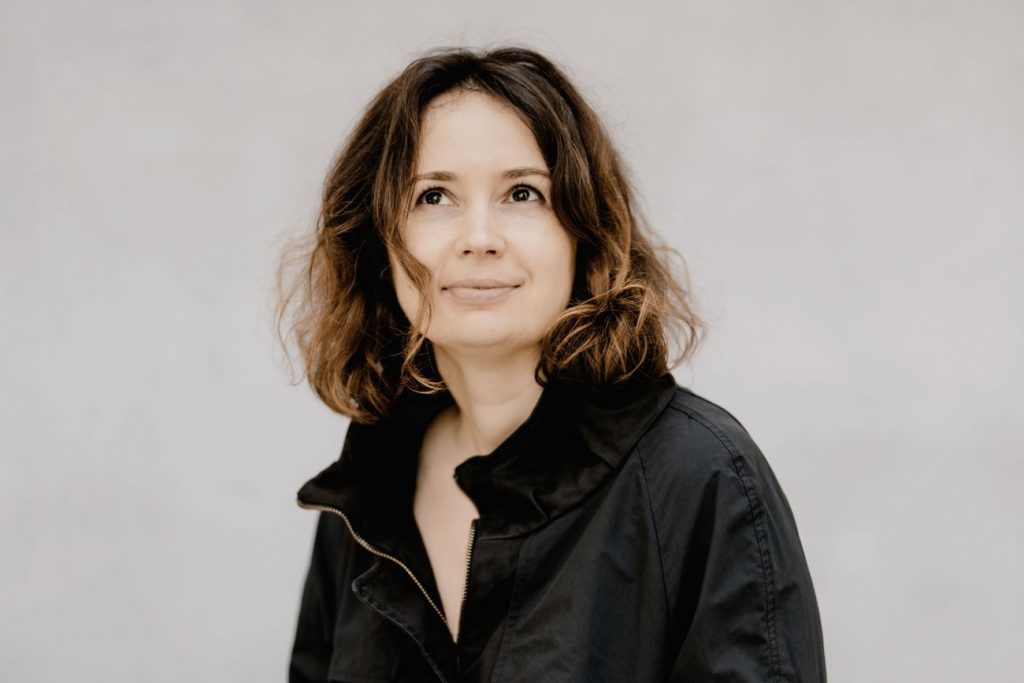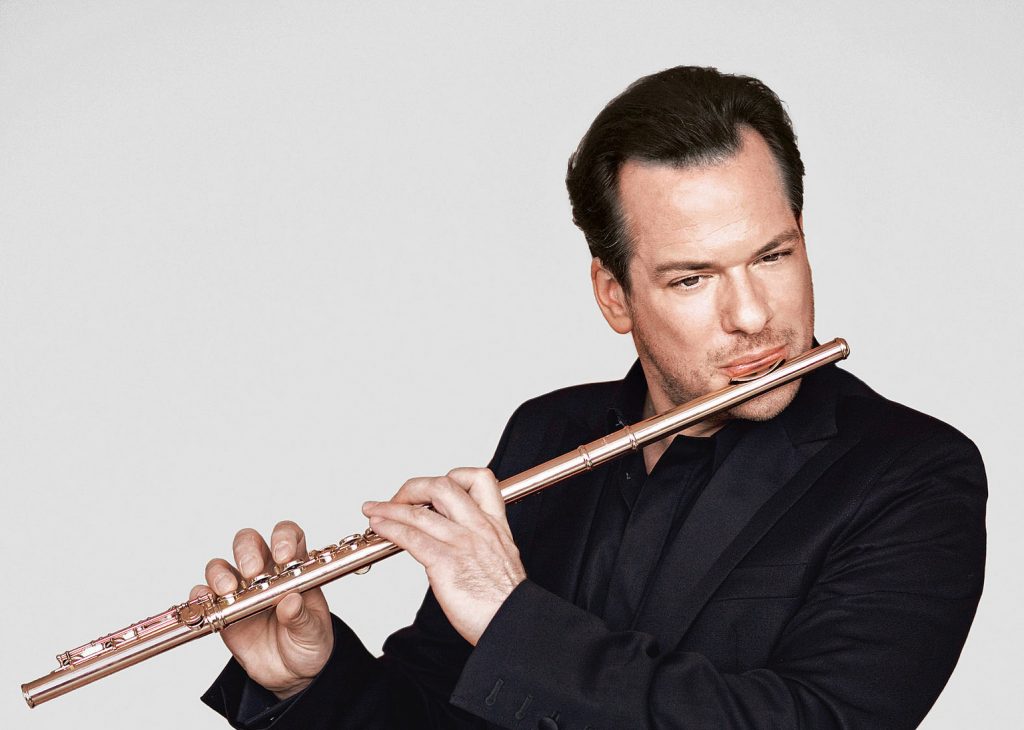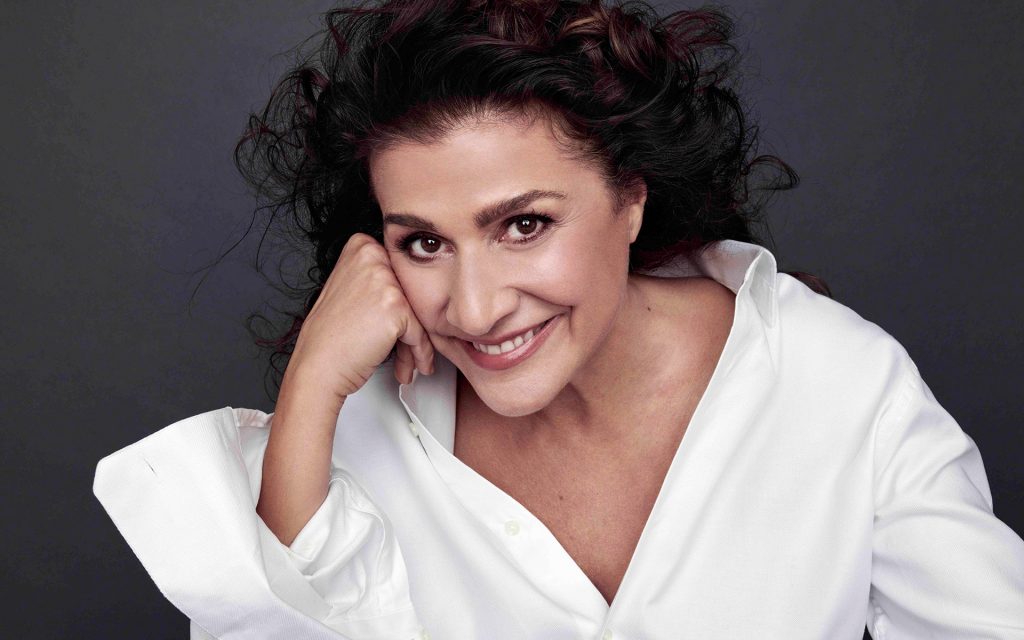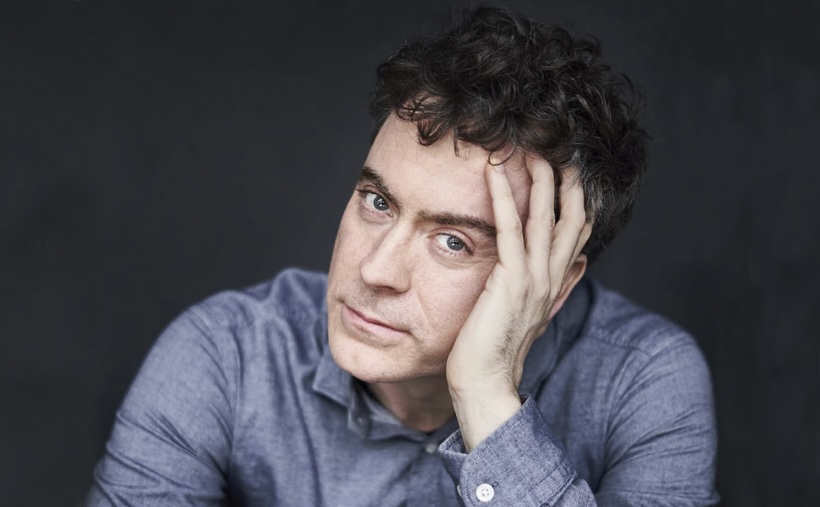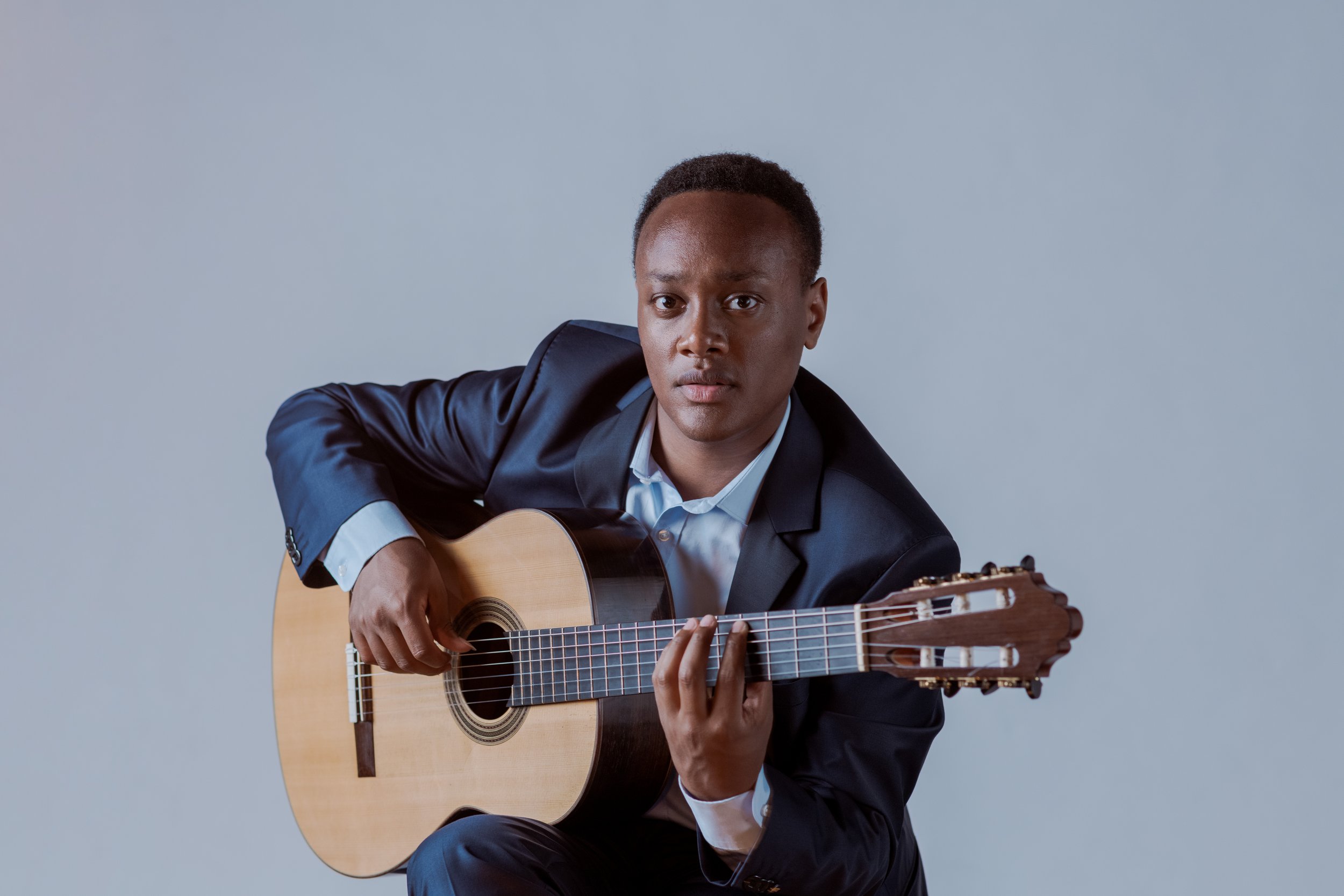ISATA KANNEH-MASON
A Pianist Redefining Classical Tradition Through Innovation
Isata Kanneh-Mason has rapidly become a defining figure in the classical music world, celebrated for her distinctive approach to both the canon and lesser-known repertoire. Her artistic trajectory is remarkable, not only because of her technical brilliance but for her dedication to elevating the voices of often-overlooked composers, particularly women in classical music.
Born into a musically gifted family, with her brother Sheku Kanneh-Mason achieving fame as a cellist, Isata has carved her own path on the international stage. Her debut album Romance (2019), dedicated to the music of Clara Schumann, was a bold introduction that immediately set her apart. Not merely content to interpret the well-known works of male composers, Isata chose to celebrate Clara Schumann during the bicentenary of her birth. Through this project, Isata displayed her deep respect and understanding of Schumann’s music, balancing the technical demands of the compositions with a warm emotional depth. The album was met with acclaim and topped the UK Classical Artist Chart, an impressive feat for a debut recording. Critics noted her “lyrical and authoritative” playing and praised her for bringing Schumann’s lesser-known works into the spotlight.

Beyond Clara Schumann, Isata has demonstrated a commitment to exploring diverse repertoires. She followed up Romance with albums such as Summertime (2021), which tackled 20th-century American works, and her recent Mendelssohn (2024) album, which showcases compositions by both Felix and Fanny Mendelssohn. Through her choice of projects, she is actively contributing to the re-evaluation of composers who have been underappreciated due to gender or historical circumstance.
What makes Isata truly captivating as an artist is her ability to traverse these varied sound worlds without losing her unique interpretative voice. Whether it’s the romantic flair of Clara Schumann or the contrasting dynamics of Prokofiev, her performances are marked by a combination of grace, intelligence, and technical precision. She moves seamlessly between solo performances, chamber music collaborations, and concertos with leading orchestras around the world. Her performance style is often praised for balancing virtuosic flair with subtle emotional nuance—a rare skill that has helped her stand out in an increasingly crowded classical music scene.
In addition to her performances, Isata’s collaborations with her brother Sheku are particularly noted. Together, they bring a fresh energy to the recital stage, their familial connection lending an intimate quality to their interpretations of works from the classical and romantic eras.
Isata Kanneh-Mason’s rise is a testament not only to her prodigious talent but also to her willingness to take creative risks and champion underrepresented voices. In doing so, she is not only preserving the classical tradition but also expanding it for future generations.


